MacNaughton says, “I don’t think anybody is intentionally not hiring women. It’s that, generally, humans, we work with people that we know. We work with people that we feel comfortable with, and oftentimes that ends up being a man, and specifically, a white man, you know, historically in this field.”
A little more than a year after MacNaughton and Rothman launched Women Who Draw with their own pocket money, their team of two has grown to include a third artist, Kaylani McCard.
The directory has also grown from 50 artists to more than 5,000, browsable through categories like race, religion, sexuality and location.
Sexuality is defined inclusively on the site, welcoming trans and gender-nonconforming illustrators. “We’re interested in promoting visibility for anybody who is less visible in our culture,” MacNaughton notes.
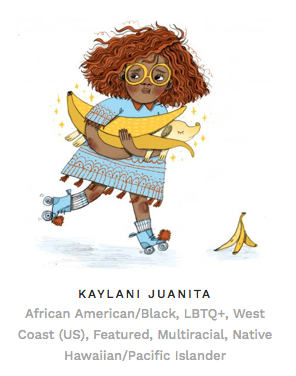 In the meantime, the website has also become a community of the like-minded, and MacNaughton says she and her partners will host events and parties throughout this year.
In the meantime, the website has also become a community of the like-minded, and MacNaughton says she and her partners will host events and parties throughout this year.
That sense of community is particularly intriguing for Stacy Tang of South San Francisco, who signed up at the prompting of friends. Tang has done all kinds of visual work, including concept art for video games and visual effects for feature films. (She also teaches digital painting at the California College of the Arts.) “I usually call myself a visual artist, because I do more than illustration,” Tang says.
Her favorite project so far? The 2013 Marvel movie Thor: The Dark World. And while Tang hasn’t gotten any gigs from Women Who Draw just yet, “Even now in my job, in my team, I’m the only woman. This is great. I mean, finally someone’s doing something, you know, to promote women artists,” she says.
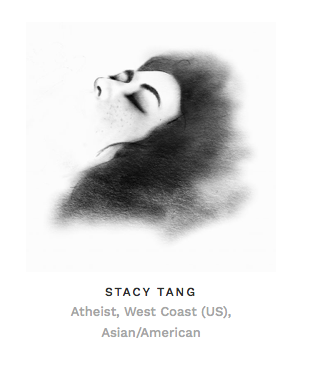 The site’s next recruit might well be Casey Girard of Redwood City. Girard operates a tidy business selling digital art and jewelry, much of it inspired by Bay Area bird life. Girard started out “doing just the birds that were in my yard,” she says — and then her backyard became inundated with pine siskin.
The site’s next recruit might well be Casey Girard of Redwood City. Girard operates a tidy business selling digital art and jewelry, much of it inspired by Bay Area bird life. Girard started out “doing just the birds that were in my yard,” she says — and then her backyard became inundated with pine siskin.
Soon she was drawing species like sparrows, hermit thrushes, ruby-crowned kinglets and California scrub jay, too. Girard says, “I think I’ve always been interested in science and making art about science.” As you can imagine, Girard dreams of landing contracts with nature magazines and the like.
“It’s exciting and always wonderful to get recognition for your work. You always hope to get people to know about it and bring better awareness to what you care about,” Girard says.
Women Who Draw is hardly the only artist directory online. There’s Cartoonists of Color, Queer Cartoonists, Diversify.photo, and Women Photograph, to name a few.
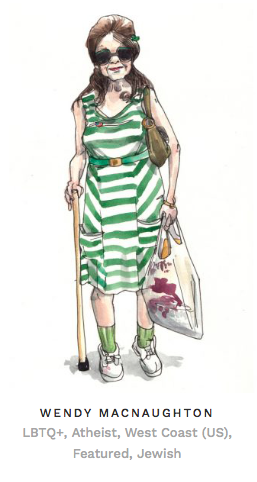 Despite anecdotally reported individual success stories, there’s no comprehensive data yet that indicates these databases are making a big dent in hiring practices. But art editors and creative directors profess to be aware of the sites.
Despite anecdotally reported individual success stories, there’s no comprehensive data yet that indicates these databases are making a big dent in hiring practices. But art editors and creative directors profess to be aware of the sites.
Bridget Watson Payne, Executive Editor of Art Publishing at Chronicle Books, writes she “absolutely” plans to use these databases in the near future to expand her Rolodex, especially for women of color.
I decided to contact the New Yorker, well-known for its prominent illustrations both inside and on the cover of the magazine. Communications Director Natalie Raabe wrote, “Just as editor David Remnick and team are working to bring a broader range of voices and perspectives to the magazine and website, he and [art editor] Françoise [Mouly] are similarly focused on the cover.”
Regardless, MacNaughton says the effort involved in Women Who Draw is well worth it. “Ultimately, we don’t want this to exist. OK? That is the goal here, is that this is no longer necessary.”
Picture that.

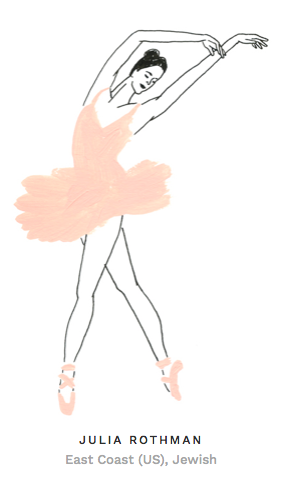 It turned out to be just four were by women, out of 55 cover illustrations in 2015. Rothman called up MacNaughton in San Francisco. At first, they got angry. Then they started thinking about how to get even — not in terms of revenge, but parity.
It turned out to be just four were by women, out of 55 cover illustrations in 2015. Rothman called up MacNaughton in San Francisco. At first, they got angry. Then they started thinking about how to get even — not in terms of revenge, but parity.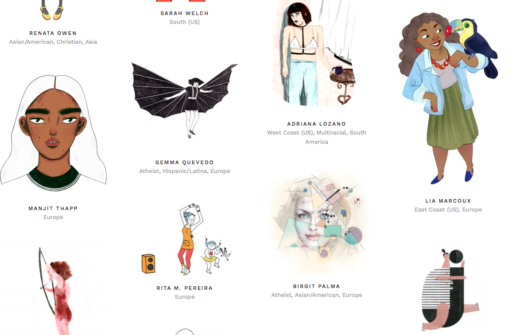
 In the meantime, the website has also become a community of the like-minded, and MacNaughton says she and her partners will host events and parties throughout this year.
In the meantime, the website has also become a community of the like-minded, and MacNaughton says she and her partners will host events and parties throughout this year. The site’s next recruit might well be
The site’s next recruit might well be  Despite anecdotally reported individual success stories, there’s no comprehensive data yet that indicates these databases are making a big dent in hiring practices. But art editors and creative directors profess to be aware of the sites.
Despite anecdotally reported individual success stories, there’s no comprehensive data yet that indicates these databases are making a big dent in hiring practices. But art editors and creative directors profess to be aware of the sites.

